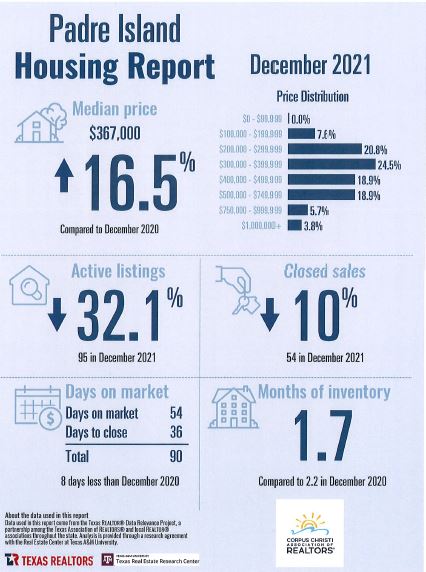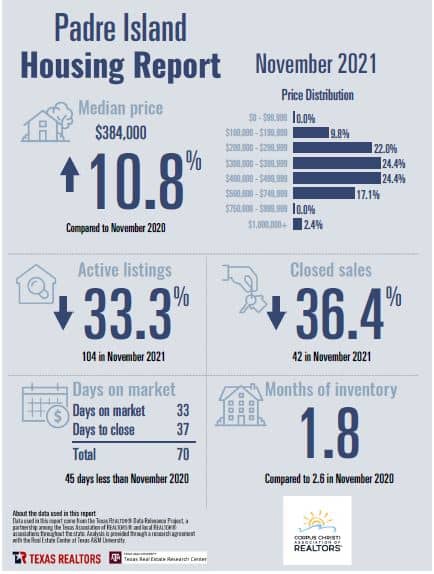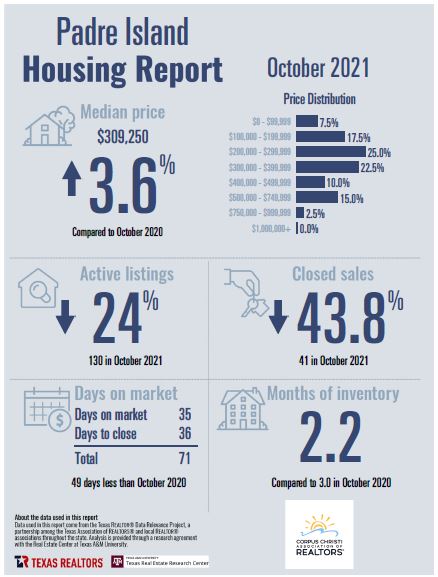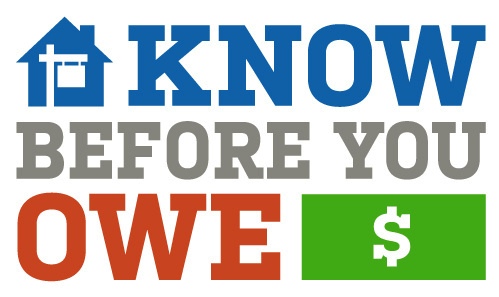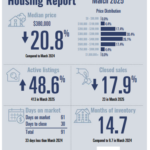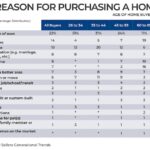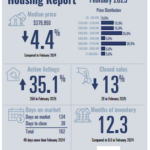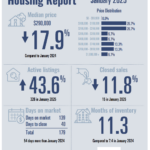It’s exciting to put your house on the market. It can also be nerve-wracking. How do you make sense of all the options and decisions? There are a few things to bear in mind:
Is it Time and Money Well Spent?
Be aware that you may not be able to recoup all of your remodeling costs when you sell your home with a remodeled 1970’s style bathroom for exampe. Some remodeling decisions, such as using out-of-style materials, make it more difficult to sell a home. Other improvements may be required to attract any reasonable offers. Additional considerations include the condition of surrounding homes for sale, the home’s price range, and whether current market conditions favor buyers or sellers.
What Benefits Every Household
It pays to keep your home clean, uncluttered, appealing, and free of small annoyances, regardless of its size, age, price, or location. A fresh coat of paint and a few potted plants go a long way toward making a good first impression. Sticking doors, an overgrown yard, or dripping faucets, on the other hand, can turn buyers off before they ever give your property a chance.
Don’t Mistake the Importance of This
Your asking price is perhaps the most crucial issue. A figure that is too high may discourage offers and leave the property unsold, while a number that is too low may create a bidding battle that drives offers higher than you ever imagined. Elements outside your control may also dictate price, such as market conditions and time constraints to sell.
Your REALTOR® is the trusted professional who can guide you through the entire process of selling your home.





